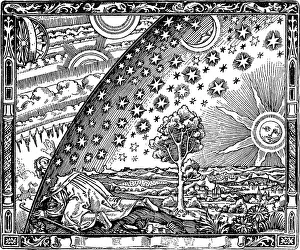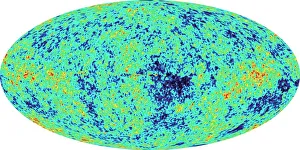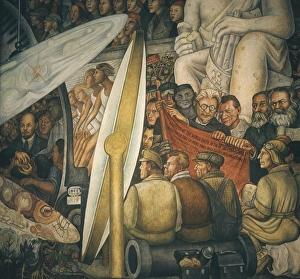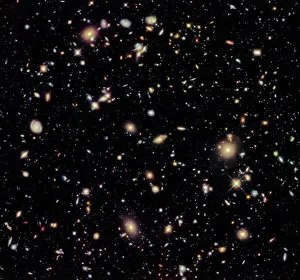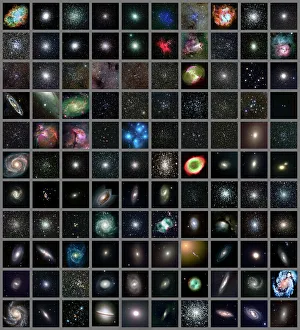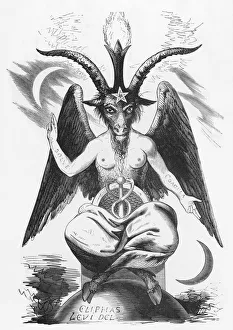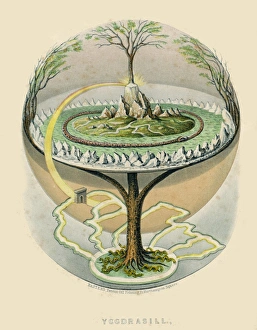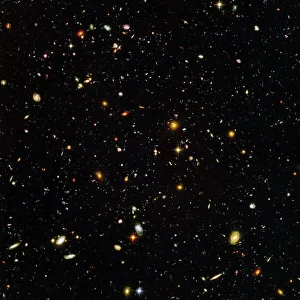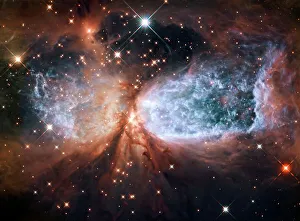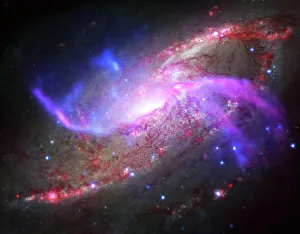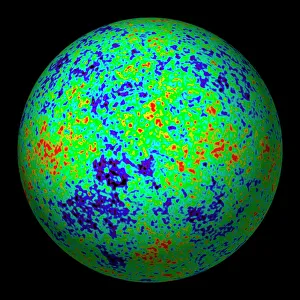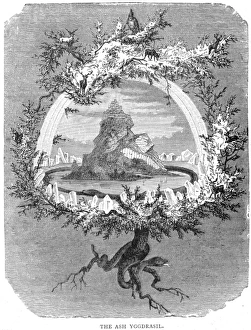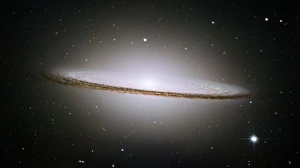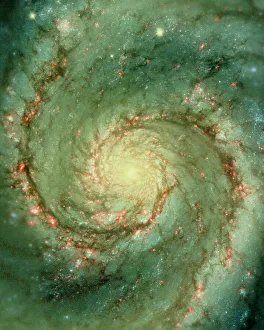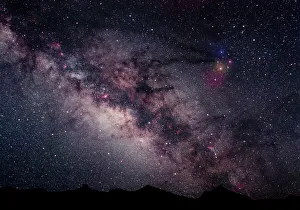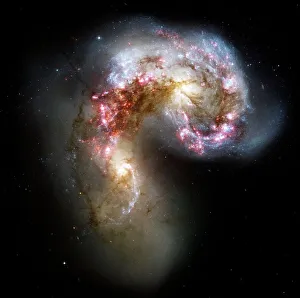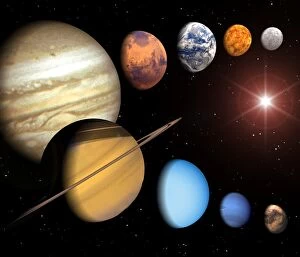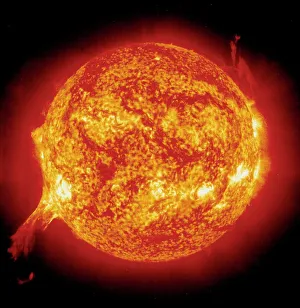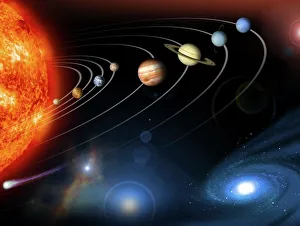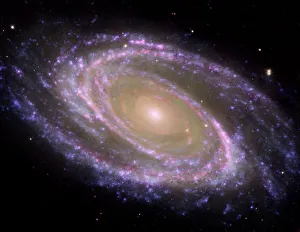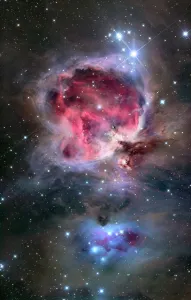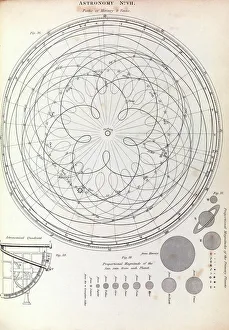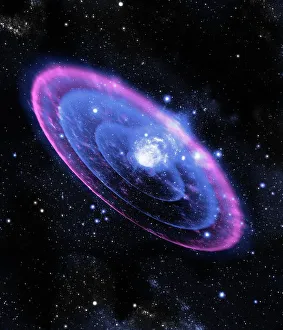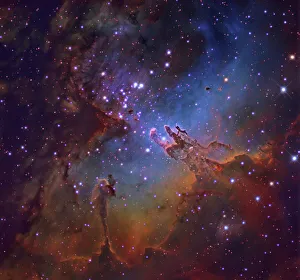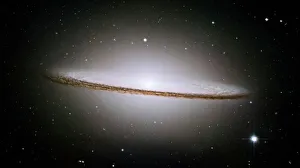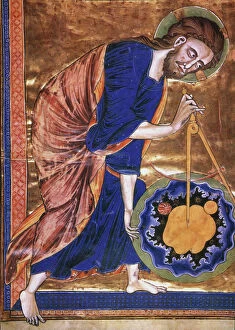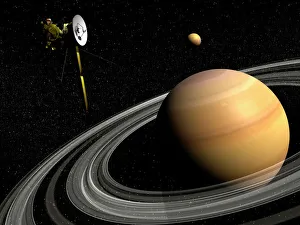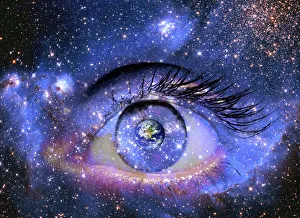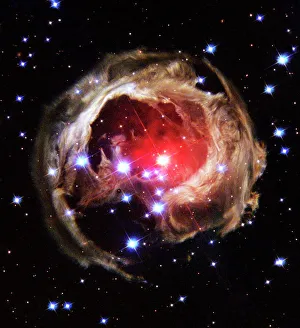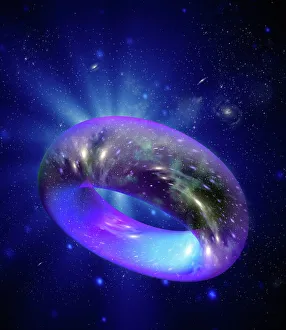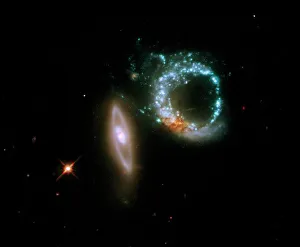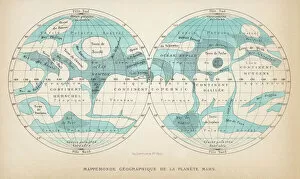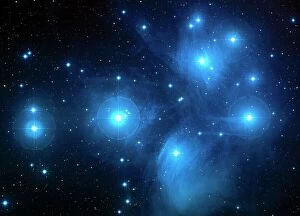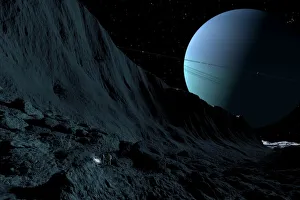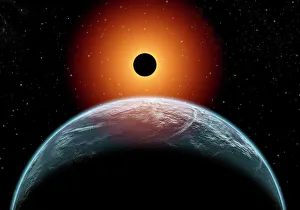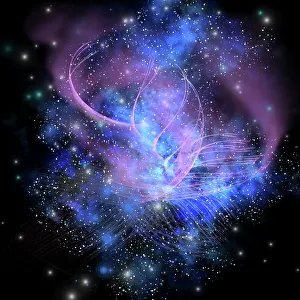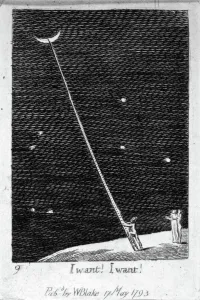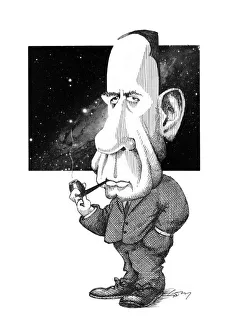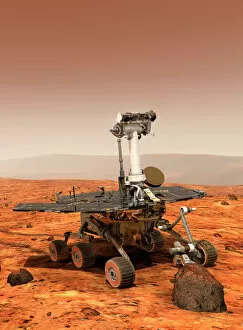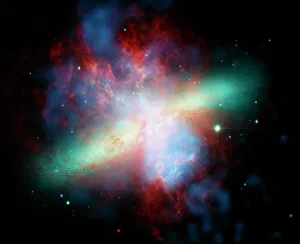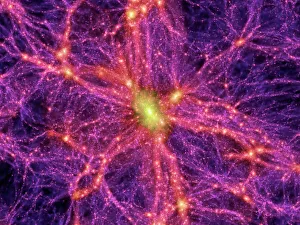Universe Collection
"Exploring the Vastness: A Glimpse into the Mysteries of the Universe" In 2012, through the lens of Hubble Ultra Deep Field
All Professionally Made to Order for Quick Shipping
"Exploring the Vastness: A Glimpse into the Mysteries of the Universe" In 2012, through the lens of Hubble Ultra Deep Field, we witnessed a breathtaking sight - galaxies scattered across space like celestial jewels. This image reminded us of our infinitesimal existence in this vast cosmic expanse. Just as Baphomet by Eliphas Levi symbolizes equilibrium of opposites, so does the universe itself, and is a delicate balance between chaos and order, darkness and light, creation and destruction. The Flammarion engraving titled "The edge of the firmament" takes us on a journey beyond our atmosphere. It reminds us that there is more to explore and discover beyond what meets our eyes. As we delve deeper into space, we encounter Nebula Sh 2-106 captured beautifully by HST. Its vibrant colors remind us of the immense beauty hidden within these interstellar clouds. But amidst all these wonders lies Yggdrasil, the Tree of Life from Norse mythology. Just like its branches connect different realms, it represents how everything in this universe is interconnected - from galaxies to nebulae to human beings. MAP microwave background reveals remnants from an ancient era - echoes from when our universe was born. It serves as evidence for Big Bang theory and helps scientists understand how our cosmos evolved over billions of years. Messier objects offer a full set for stargazers to observe and admire. These celestial treasures hold secrets waiting to be unraveled by curious minds seeking answers about their origins and purpose. Celestial mechanics depicted in medieval artwork demonstrate humanity's fascination with understanding heavenly motions long before modern science emerged. They remind us that curiosity has always been ingrained within us as we seek knowledge about our place in this grand design. And let's not forget about Cosmic Microwave Background - faint radiation permeating throughout space since time immemorial. Its discovery revolutionized cosmology by providing insights into the early stages of our universe.

